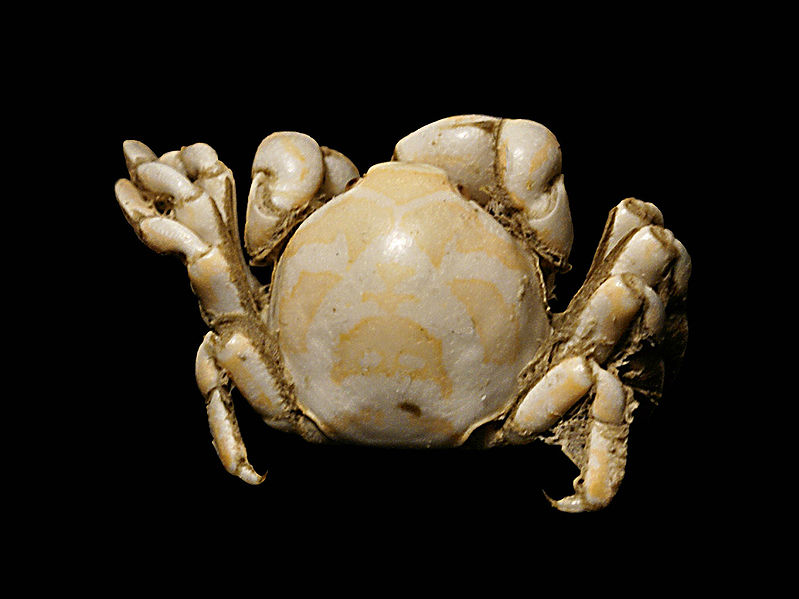
A bit more browsing of the Catalogue of Life annual checklist for 2007 reveals a rather annoying feature that, I think, cripples the Catalogue's utility. With each release the checklist grows in size. From their web site: However, with each release the identifiers for each taxon change.






